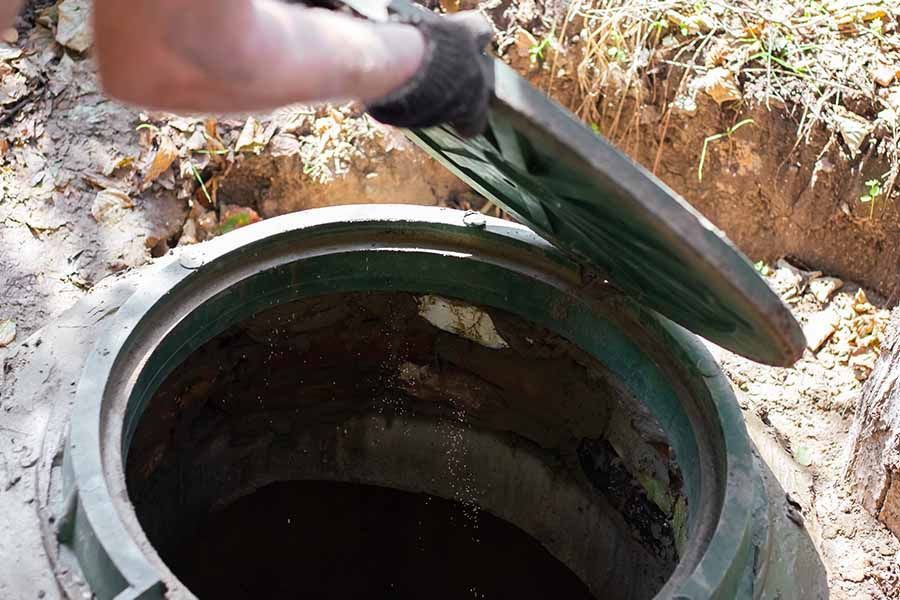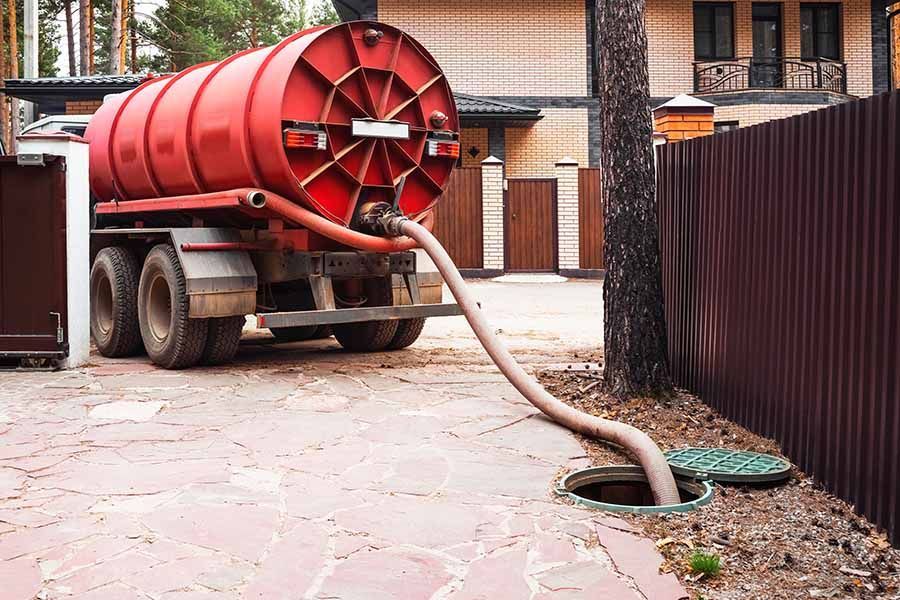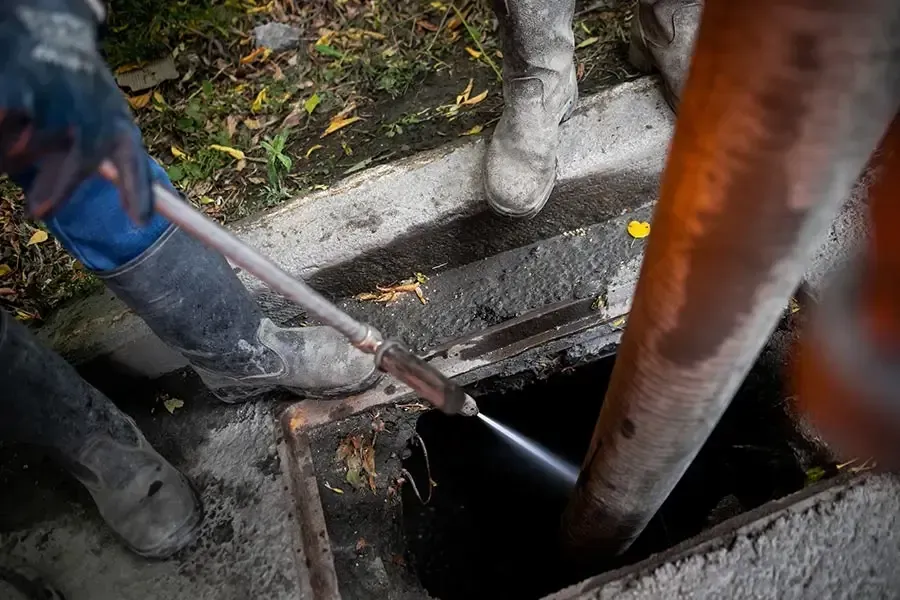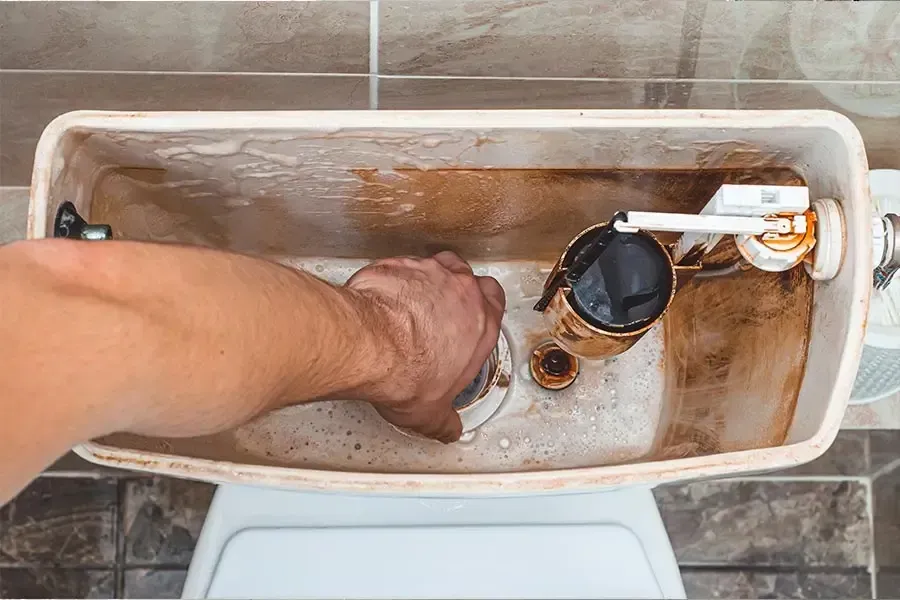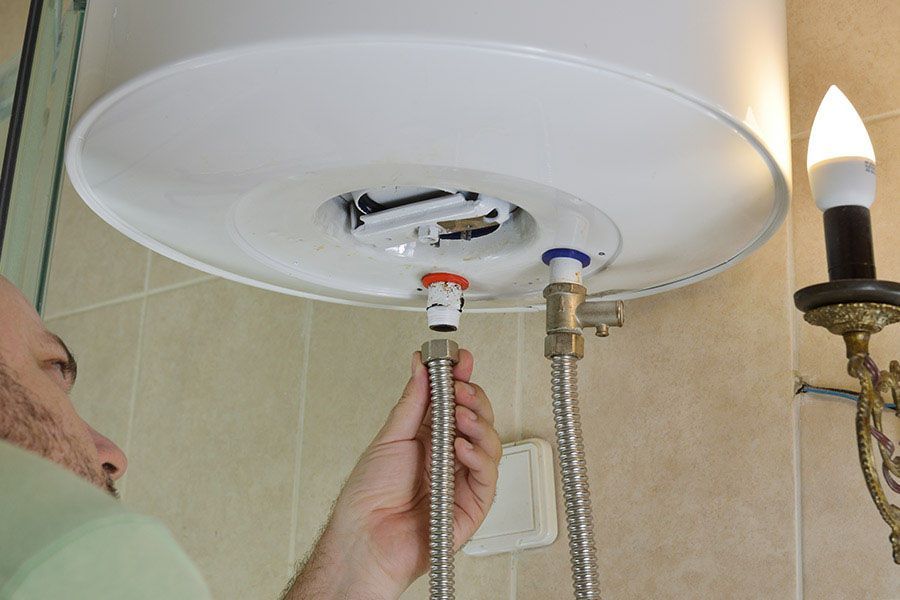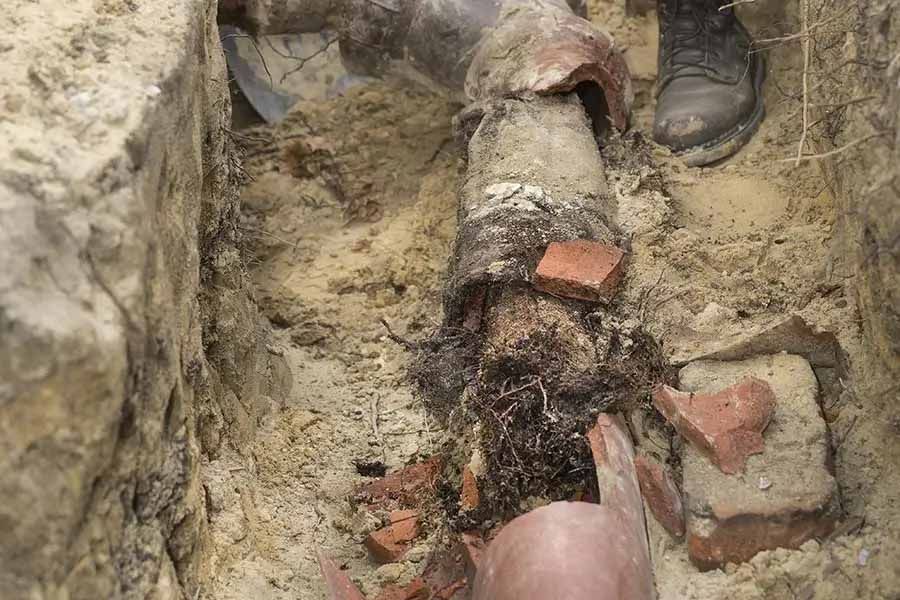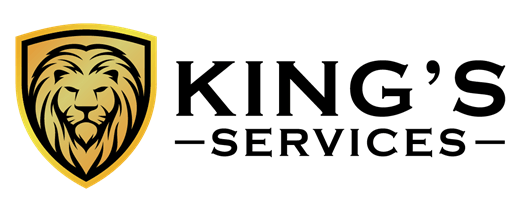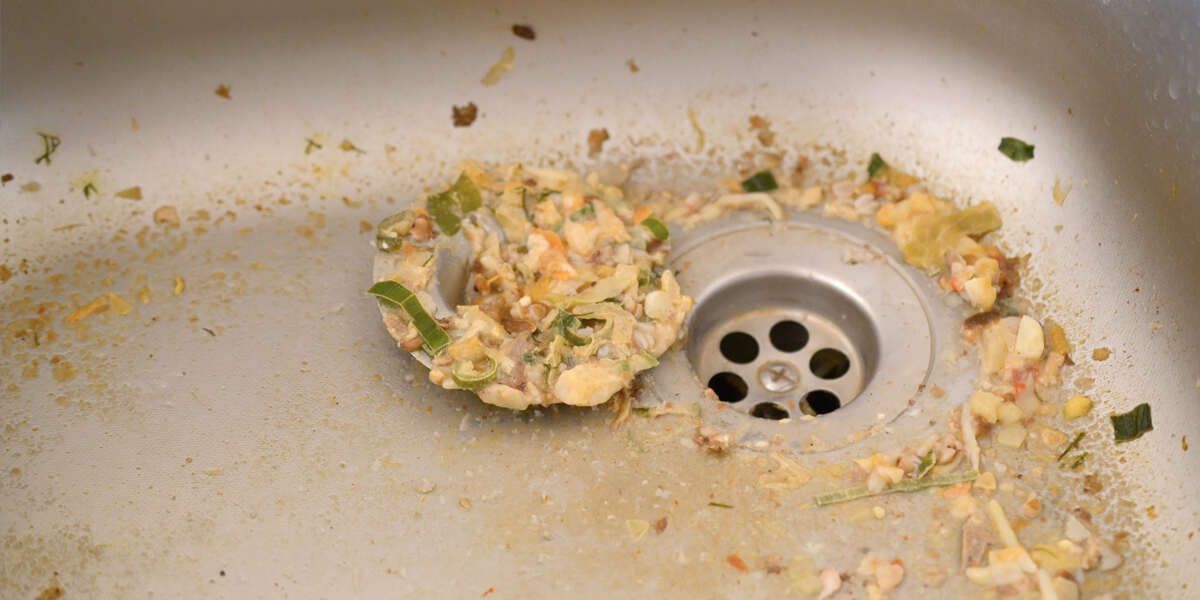
Garbage disposals come in handy for grinding down food debris into small particles, reducing the likelihood of clogged pipes. Most newer Winnipeg homes come with a disposal already installed.
When installed and used correctly, these devices typically operate worry-free and can last between 8 and 15 years. However, it helps to understand some of the most common garbage disposal issues you might encounter.
As Winnipeg’s professional plumber of choice, the King’s Services crew discusses proper garbage disposal use and common garbage disposal issues homeowners might encounter.
Garbage Disposal Best Practices
Contrary to popular belief, garbage disposals can only grid light food scraps from just a handful of foods. Generally, you should avoid placing the following in your garbage disposal:
- Starchy foods like rice, beans, and pasta
- Fats including cooking oil, butter, grease, and heavy cream sauces
- Fibrous foods, including potato peels, banana peels, and carrots
- Hard materials like eggshells, seafood shells, and large bones
- Non-food solids or liquids such as glass, paint, or plastic
Besides watching what goes into the garbage disposal, ensure you use it correctly. Remember to turn on the cold water before using the garbage disposal and keep it running while it operates.
Unlike hot water, which thins grease and allows it to build up in pipes, cold water helps coagulate grease, facilitating easier flow through the pipes.
You typically want to feed small amounts of food debris down the disposal to minimize issues. Once you’re done grinding food scraps, shut off the disposal and let cold water run for a couple more seconds. This will help flush anything left down the drain.
Failing to let sufficient water run down may lead to clogs or buildups in the pipes.
Common Garbage Disposal Issues in Winnipeg
Winnipeg homeowners deal with the following common garbage disposal problems from time to time. Addressing these issues promptly can keep costlier plumbing issues in check:
1. Clogs
Garbage disposal clogs typically result from inserting the wrong type of food into the disposal or using insufficient water during the grinding process. Grinding a large amount of food can also cause clogs.
These clogs often develop slowly over time as the drain trap, also known as the P-trap, and waste line become coated with food waste. If your disposal doesn’t drain or seems sluggish, it probably has a clogged drain trap or a clog somewhere else along the drain line.
If you’re uncomfortable removing the trap or using a drain snake to clear the branch drain, call a plumber to help fix your clogged garbage disposal. Using chemical drain cleaners may seem tempting, but they rarely work and may corrode the garbage disposal’s metallic components.
2. Leaks
Leaks can occur in several garbage disposal areas, such as the drainage hose, plumbing connections, and the unit’s outer casing. A leak may also develop if an object falls into the disposal and cracks the casing.
While leaks around plumbing connections may require minor fixes, leaks coming from cracks or corrosion within the disposal unit often necessitate complete unit replacement. If your leaking garbage disposal is nearing the end of its lifespan, replacing rather than fixing it will prove most viable.
Failing to address bad plumbing or garbage disposal issues like leaks can cause water damage, mold growth, damaged furniture, foul odors, and pest infestations.
3. Jams
If your garbage disposal doesn’t seem to work but makes a humming sound, it may have a jammed inner flywheel. Like clogs, jams typically result from sending the wrong type or excess food waste down the disposal.
When a garbage disposal jams, it usually trips the onboard circuit breaker or reset button as a safety mechanism to prevent the motor from burning out. You can often fix the issue by following simple instructions in the user manual
Can’t find the manual? Follow these steps to restore functionality to your garbage disposal:
- Disconnect the garbage disposal’s power source
- Locate the hex-shaped opening at the bottom of the disposal
- Insert the wrench that came with your unit and turn it back and forth to dislodge the object blocking the flywheel
- Once the object dislodges, you’ll feel the flywheel start to turn easily
- Finally, press the reset button on the disposal and run cold water while tuning the disposal on
4. Foul Odors
Unpleasant odors usually come from trapped food particles in the drain pipe, often because of insufficient water flow while grinding food debris. These odors may also be caused by food residue that has coated the disposal trap or waste line or a weakened disposal that struggles to grind food properly.
Fortunately, the following simple tips can help you flush food particles and their odors down the drain:
Grind a lime or lemon wedge in the disposal for half a minute with the cold water running. Then, pour half a cup of baking soda and one cup of vinegar into the pipe and give it five to ten minutes to loosen stuck food scraps before running the unit with cold water.
Insert the sink stopper, add dish soap, and fill the sink halfway with cold water. Once the mixture becomes soapy, remove the stopper, then flush the disposal with cold, soapy water to clear trapped food residue and eliminate odors.
If home remedies fail, use commercial garbage disposal cleaning products. These products, available at most home improvement and grocery stores, use safe and effective ingredients to tackle odors and clean disposals effectively.
Any remaining odors point to stuck-on grime that needs more comprehensive cleaning from a professional. Trust a seasoned plumber to disassemble and scrub all unit parts.
Call Winnipeg’s Go-To Plumbing Experts
Whenever you experience garbage disposal issues, you can try troubleshooting it yourself. If you have no clue how to address the issue safely or the problem persists, call a certified plumber. That’s where King’s Services comes in.
Count on our seasoned crew for all your plumbing needs, whether you need help with an emergency plumbing situation or routine service.
Call King’s Services at
204-633-9010 or contact us online to schedule plumbing service.
